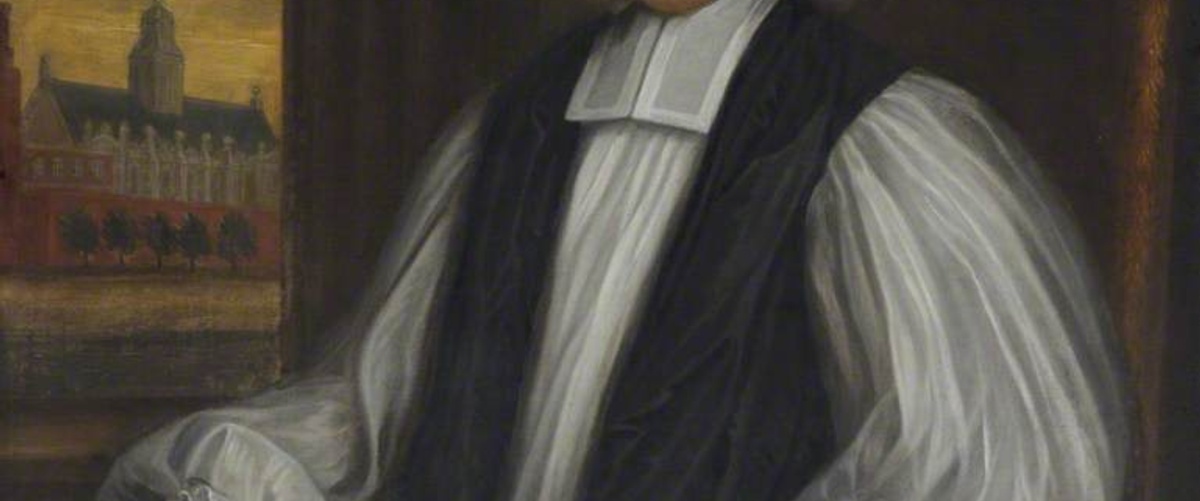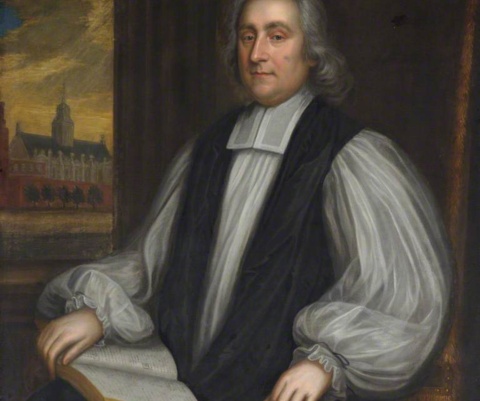Last year, during the refurbishment of the Garden Museum, which is housed in a deconsecrated medieval parish church next to Lambeth Palace (the Archbishop of Canterbury’s official London residence) builders made the chance discovery of a lifetime: a cache of 30 lead coffins that had lain undisturbed for centuries and were believed to be lost.
Two coffins had nameplates, identifying them as belonging to Archbishops Richard Bancroft, the chief overseer of the King James Bible, and John Moore, an advocate of the Sunday-school movement. However, St Mary-at-Lambeth’s records have since revealed that a further three archbishops were buried in the secret vault, including Thomas Tenison, Norwich School pupil from 1643-1654 and Archbishop of Canterbury from 1695 until his death in 1715. The Sunday Telegraph’s Harry Mount, the first outside party to be granted access, said “it is a spine-tingling view”. The coffins have been left undisturbed, though builders have installed a glass panel in the chancel floor above them to allow visitors to catch a glimpse.
Thomas Tenison was the son of the rector of Mundesley. After leaving Norwich School, he gained entry to Corpus Christi College, Cambridge, as a scholar on Archbishop Matthew Parker’s foundation, where he was ordained and became a fellow of his college. Archbishop Parker was a Norwich man, but not an ON, since the school was not founded until he was already a dean. However, he was a generous benefactor to the city and school, and his Norwich Fellowships and Scholarships at Corpus Christi forged a partnership between the school and college that is still strong to this day. As in the case of Thomas Tenison, Parker’s foundation allowed Norwich School pupils to study at Corpus Christi, and into the 20th century Corpus Christi funded a bursary at Norwich School. The influence of Parker on the school lives on through a house is his name.
After his ordination, Tenison spent a period back in Norwich as ‘Upper Minister’ of St. Peter Mancroft and, having obtained the patronage of Charles II, was appointed rector of St. Martin-in-the-Fields and minister of St. James, Piccadilly, as well as a chaplain-in-ordinary to the King. His parish being fashionable, he came to know some of the most eminent men of the time, and was also becoming known as a stout anti-papist disputant and pamphleteer. His reputation was further enhanced by his philanthropic works, which included the first public library in London.
Although Tenison’s promotion was halted during the reign of the Roman Catholic James II, the accession of William and Mary in 1689 proved a fortunate turn of events for him. In 1691, at Mary’s suggestion, he was nominated Bishop of Lincoln, where he was held to have ‘restored a neglected, large diocese to some discipline and good order’. He was called to Canterbury in 1694, attended the deathbed of Queen Mary and preached her funeral sermon, performing the same service for William in 1702. In due course he crowned Queen Anne, but his Whig opinions were displeasing to the Tory Queen and he was out of favour during her reign. At her death, he was appointed the Lords Justice (regents) who held the country for George, Elector of Hanover against the threat of a Jacobite rising. Having crowned the Elector, George I of Great Britain, he died in 1715.
The Sunday Telegraph article on the discovery can be seen here.


